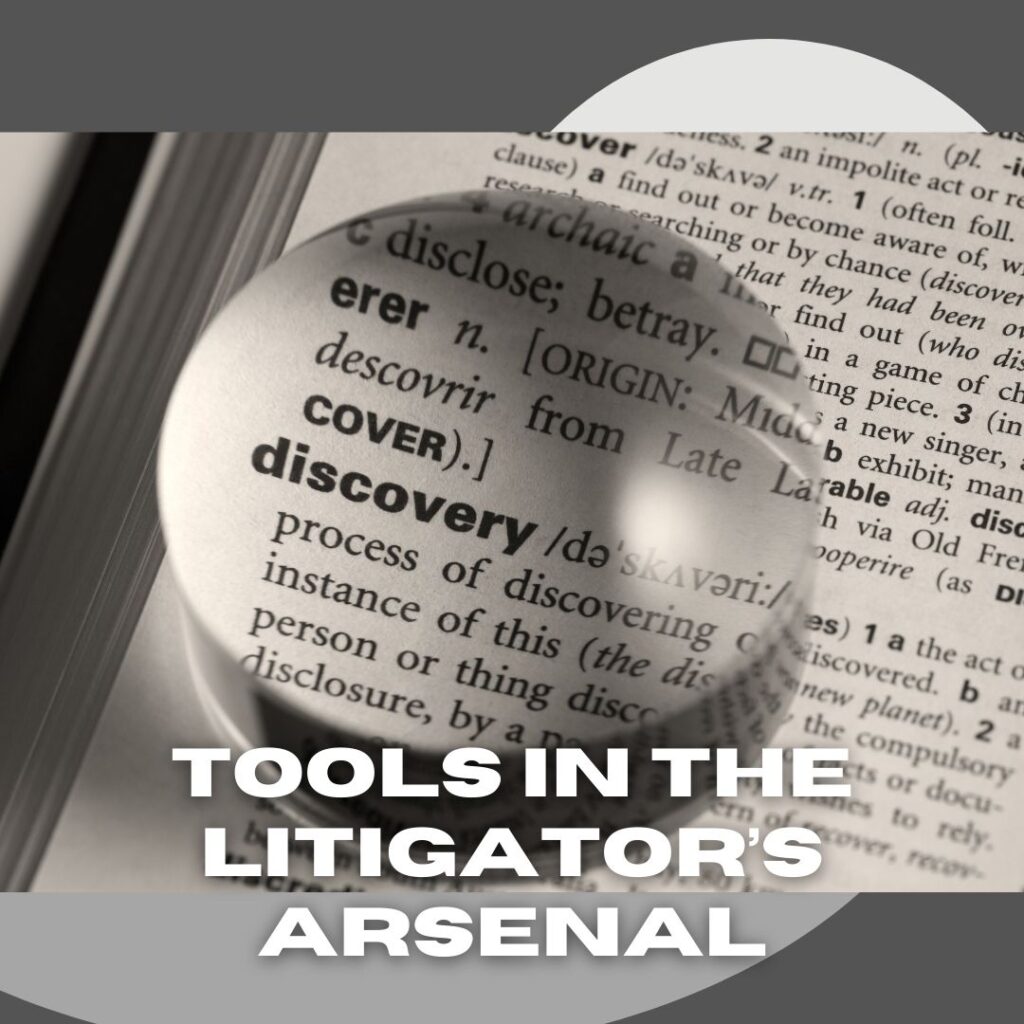Over the past several weeks, we looked at what a deposition is and how they are used in civil litigation. But a deposition is not the only manner of conducting discovery in a civil litigation. Over the next couple of weeks we will examine the other tools in a litigator’s arsenal for obtaining discovery.
First, what is discovery? Discovery is the process in which all sides of a litigation are able to see what facts, documents and information their opponents have related to the claims and defenses. Trial is no longer who can better ambush the other because discovery, generally speaking, is to be the process in which the parties lay their proverbial cards on the table prior to trial.
One of those tools for obtaining information is called interrogatories. An interrogatory is a question that must be answered under oath by the other side. Interrogatories are limited by the Rules of Civil Procedure governing the matter – 50, for example in Minnesota – and must be relevant to a claim or defense at issue. They should not be a fishing expedition. Interrogatories must be responded to within 30-days of service.
The party that is served with the interrogatory is permitted to assert certain objections if the interrogatory seeks privileged information or is not relevant to a claim or defense at issue. If, however, the interrogatory is appropriate, it should be answered by the party.
Interrogatories are often a useful tool in finding facts or areas that can be deeper examined during a deposition. More to come on this next week but please reach out if you have any questions on this, it is literally my job to help.

The material contained herein is provided for informational purposes only and is not legal advice, nor is it a substitute for obtaining legal advice from an attorney. Each situation is unique, and you should not act or rely on any information contained herein without seeking the advice of an experienced attorney. All information contained in links are the property of the linked site.

